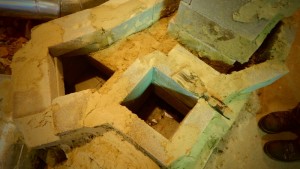Here’s an interesting article about imagining a world beyond consumerism by Jonathon Rowson. The piece makes distinctions about consumption versus consumerism that I think are helpful. A critical element to the piece and its impact is the imaginary defined by Sam Earle as follows:
“the encompassing paradigm of ideas, beliefs and practices that makes society possible.”
and goes on to explain:
“The imaginary is not ‘the system’, it’s not ‘the culture’, it’s not ‘the ideology’ — it is our experience of navigating all of these things in search of a sense of acceptable behaviour and desirable forms of life. We are stuck in a consumerist imaginary and it is very hard to see a way out of it because we see through it.”
a few highlights from the piece:
“remember that consumerism as usual is just not an option full stop. If nothing else, consumerism drives our use of fossil fuels, which are the preeminent cause of climate change, a pre-competitive issue for everyone: no viable planet”
Important baseline consideration. Change is coming. We can work on change or be run over by change.
Read the article if you have a few minutes. It’s full of interesting ideas and suggestions. Maybe it will expand your imaginary slightly.
last quote from the piece: “As Pablo Picasso once put it: “Everything you can imagine is real.” To which I would add: but only everything you can imagine.”








